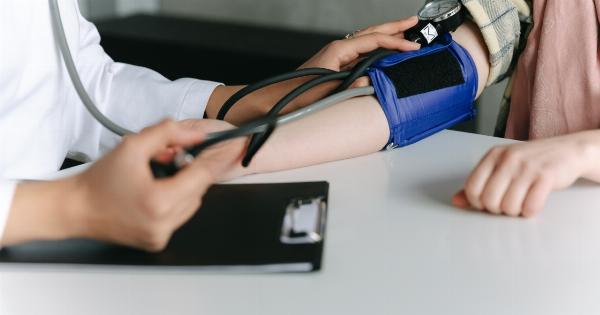Pulmonary Hypertension (PH) is a type of high blood pressure that affects the arteries in your lungs and the right side of your heart.
This condition makes it harder for your heart to pump blood through the lungs, leading to shortness of breath, fatigue, chest pain, and other symptoms. While there is no cure for PH, there are treatments available to help manage the disease and improve your quality of life.
For those who are living with PH, it can be a challenging and isolating experience, but it is possible to not only survive but thrive with the condition by taking control of your health and seeking out support.
Symptoms and Diagnosis
The symptoms of PH can be similar to those of other conditions, which can make diagnosis difficult.
Some of the most common signs of PH include shortness of breath, fatigue, dizziness or fainting, chest pain or pressure, swelling in the ankles, legs, or abdomen, and bluish lips or skin. If you are experiencing these symptoms, it’s important to see a doctor who can evaluate your symptoms and determine if PH is the cause.
Diagnosis of PH often involves a combination of physical exams, medical history, and diagnostic tests.
Your doctor may listen to your heart and lungs, check your blood pressure, perform an electrocardiogram (ECG) or echocardiogram (ECHO), and order blood tests to check for other underlying conditions. In some cases, your doctor may recommend a right heart catheterization, which involves inserting a thin tube into your vein and heart to measure pressure and check blood flow.
Treatment Options
While there is no cure for PH, there are several treatment options available to help manage your symptoms and slow the progression of the disease.
Your doctor may recommend a combination of treatments based on the severity of your condition and other factors such as age, overall health, and underlying causes. Some of the most common treatments for PH include:.
Medications
There are several medications that can help improve blood flow and lower blood pressure in the lungs. These include:.
- Vasodilators
- Anticoagulants or blood thinners
- Digoxin
- Diuretics
- Oxygen therapy
Lifestyle Changes
In addition to medication, lifestyle changes can also play a significant role in managing PH. Some of the changes you can make include:.
- Stop smoking
- Avoid high altitudes
- Maintain a healthy weight
- Get regular exercise
- Avoid exposure to pollutants and toxins
- Eat a healthy diet
Surgery and Procedures
In some cases, surgery or procedures may be necessary to treat PH. These include:.
- Balloon atrial septostomy
- Lung transplant
- Heart-lung transplant
- Pulmonary endarterectomy
Coping with PH
Living with PH can be challenging, but there are many resources available to help you cope with the condition and improve your quality of life. Some of the things you can do include:.
- Join a support group
- Talk to a counselor or therapist
- Stay informed about your condition
- Build a strong support network
- Set realistic goals and expectations
- Take control of your health
Conclusion
Pulmonary Hypertension can be a life-changing condition, but with proper treatment and support, it is possible to overcome the challenges and thrive.
By working closely with your healthcare team, making lifestyle changes, and seeking out support from others who understand what you’re going through, you can take control of your health and live a full and satisfying life.





























